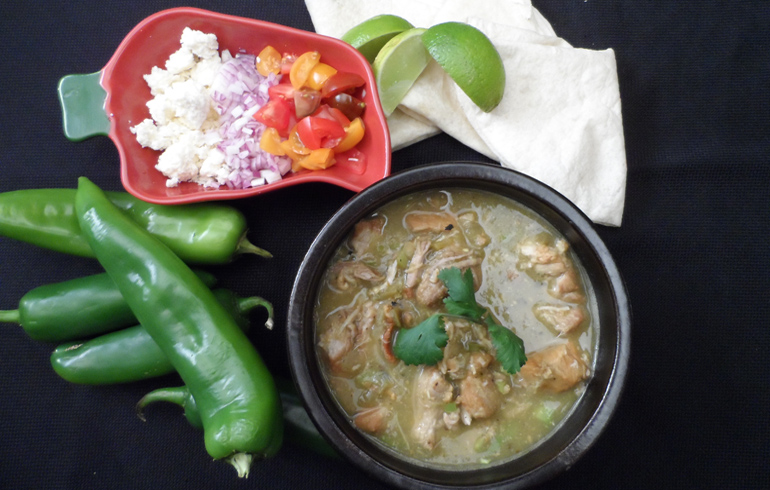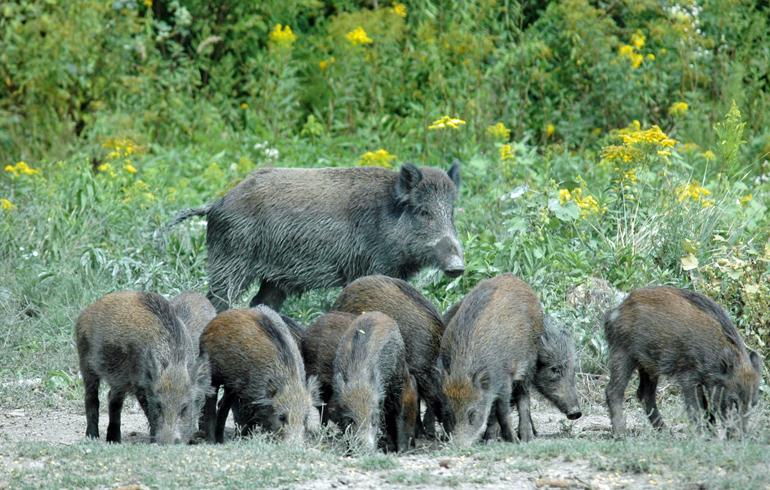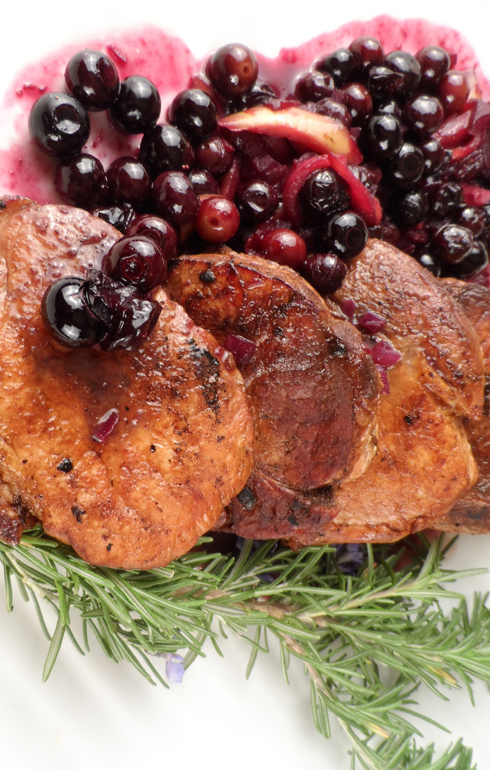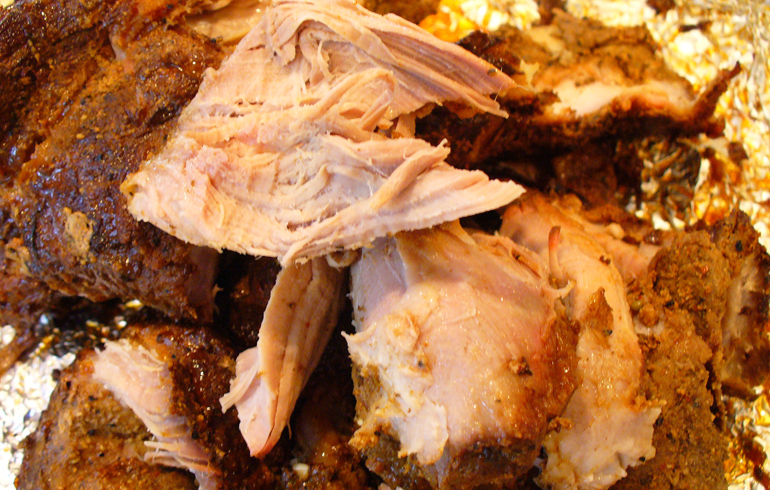High Time for Hogs
Feral swine are tearing up the countryside, especially in the sunbelt states. This isn’t news. We’ve been hearing about the swath of destruction blazed by a sounder of wild hogs.
What’s a sounder? It’s a large group of hogs. I was going to go with a “pack,” but I knew that wasn’t correct. They are sexually mature at 6 months of age and they have between 1 and 2 litters of 5 to 6 little piggies each year. They have no real natural predators and they reproduce faster than we can kill them. They also cause billions of damage every year in the United States. So, what’s the solution to the wild hog population explosion? I think the answer is obvious.

I always get a little depressed when the bulk of the hunting seasons come to a close. Starting with opening day of dove season and ending with the last day of duck season, it’s what we look forward to during the rest of the year. Some of us manage to fill in the calendar with rod and reel. For waterfowlers, there are post-regular season conservation hunts when you can shoot a truckload of nuisance geese. Rabbit hunters are OK for another month or so as are those who can still work their dogs on released birds.

Feral swine are tearing up the countryside, especially in the sunbelt states. This isn’t news. We’ve been hearing about the swath of destruction blazed by a sounder of wild hogs. What’s a sounder? It’s a large group of hogs. I was going to go with a “pack,” but I knew that wasn’t correct. They are sexually mature at 6 months of age and they have between 1 and 2 litters of 5 to 6 little piggies each year. They have no real natural predators and they reproduce faster than we can kill them. They also cause billions of damage every year in the United States. So, what’s the solution to the wild hog population explosion? I think the answer is obvious.
If the expression, “You are what you eat,” holds true, then feral hogs should taste like, well, about the polar opposite of a corn-fed whitetail. But the same can be said for domestic swine and, as it turns out, most folks can overlook a pig’s diet while savoring the salty flavor of a crispy piece of bacon. To the uninformed, any mention of “wild boar” may evoke an expression of fear and apprehension. They’ll ask, “Is it really gamey?” No it’s not, however, sometimes a wild hog can be accompanied by a distinct aroma, and not a good one. To reduce unpleasant flavors, older male hogs should be trimmed of most visible fat and it’s often a good idea to do the cooking outdoors to reduce lingering odors in the kitchen. As off-tasting fat is rendered from an old boar hog, it can be replaced with flavorful ingredients. And as with pretty much any animal on the planet, the younger females make better table fare than old males.
Wear rubber gloves when processing wild swine and be careful to avoid cross-contamination of hide and meat. They’re pigs. They wallow in waste, urinate on themselves and leave glandular secretions behind as a calling card. It’s important to avoid cutting into their scent glands while processing or the resulting musky secretions will taint the meat. Once tainted, there’s no sure cure that will mask the unpleasant taste. When properly handled, the meat can used as a suitable substitute with any recipe for domestic pork.
For stews and chilis, it’s best to cube it, brown it, pour off the liquid as it browns and then add stocks and other ingredients to the pot before simmering until the meat can be broken apart with minimal pressure. Cooking your meat to an internal temperature of 137 degrees will kill any trichinella parasites that may have invaded your wild hog. To be on the safe side, use a reliable meat thermometer and cook to 145 degrees for whole muscles and 160 to 170 degrees for ground meat.

Soaking butchered hog parts in an ice water bath for a day or two will mellow out the flavor and give the meat a lighter color. Add 3/4 cup of cider vinegar and 2 cups of lemon juice to the ice water and change it out every 12 hours or so until the water is clear. If the meat takes on a blue tinge and gets darker in color, drain the water, refill and add a little less vinegar. After soaking, pat the meat dry and thoroughly clean the cooler with hot water and a mild water and bleach solution.
WILD HOG CHILE VERDE
This flavorful Southwestern stew can be served in bowls, topped with shredded cheese and chopped onions, and served with warm flour tortillas on the side.
8 to 10 servings
3 pounds (about 6 cups) wild hog shoulder, cut into 1-inch pieces
3 tablespoons vegetable oil
2 1/2 quarts chicken broth
2 cups yellow onion, diced
8 garlic cloves, minced
2 green bell peppers, diced
4 Anaheim peppers, diced
3 jalapeno peppers, seeded and diced
1 tablespoons dried oregano flakes
2 tablespoons chili powder
1 tablespoons ground cumin
1 teaspoon cayenne pepper
4 cups fresh tomatillos, skin removed; quartered
1 cup fresh cilantro leaves, chopped
salt and pepper
- Heat oil in a large stockpot over medium-high heat. Add meat and brown evenly. Drain off any fat or liquid rendered during browning.
- Add 1 1/2 quarts chicken broth and any additional broth or water to cover meat and bring to a boil. Reduce heat and simmer, covered, for 2 hours or until meat is tender and breaks apart, but doesn’t fall apart with moderate finger pressure. Drain liquid from stockpot.
- Add remaining quart of chicken stock and all other ingredients except cilantro. Simmer until peppers are very tender, about 45 – 60 minutes. Stir in cilantro and season with salt and pepper to taste.a




